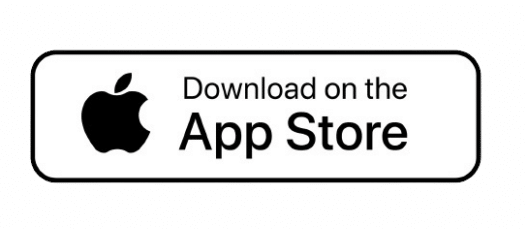Your Go-Bag Checklist: What to Pack for an Evacuation
Prepare Now—Because When It’s Time to Go, You Won’t Have Time to Think
Wildfires. Hurricanes. Earthquakes. Chemical spills. When disaster strikes, evacuation orders can come with little to no warning. In those moments, panic is your worst enemy—and preparation is your greatest ally.
Having a well-stocked go-bag (also called a bug-out bag or emergency kit) can mean the difference between chaos and control. It ensures you have the essentials to stay safe, healthy, and connected for at least 72 hours.
At MyStash, we believe in helping you protect your life—and your lifestyle. That’s why we’ve created the ultimate go-bag checklist and give you a way to securely store copies of your most important documents digitally, so you can access them even if your home is gone.
The Essential Go-Bag Checklist
Pack your go-bag in a sturdy backpack or duffel bag and store it somewhere easily accessible—near the front door, in your car, or in a garage cabinet. One bag per person is ideal.
🧾 Personal Documents
- Copies of ID (driver’s license, passport)
- Insurance documents (home, health, auto)
- Bank and credit card info
- Property deed or lease agreement
- Emergency contact list
💡 Use MyStash to digitize and encrypt these so they’re always at your fingertips.
🩹 First Aid & Health Supplies
- Basic first aid kit
- Prescription medications (7-day supply)
- Extra eyeglasses or contact lenses
- Face masks and hand sanitizer
🛠️ Survival Tools & Supplies
- Flashlight (with extra batteries)
- Multi-tool or Swiss Army knife
- Phone charger + portable power bank
- Emergency whistle
- Duct tape, zip ties
🥫 Food & Water
- Bottled water (1 gallon per person per day)
- Non-perishable snacks (energy bars, dried fruit, canned goods)
- Manual can opener
- Electrolyte tablets or powder
🧥 Clothing & Comfort
- Extra clothes and underwear
- Warm jacket and hat
- Sturdy shoes
- Blanket or emergency sleeping bag
🧸 Kids, Pets & Extras
- Diapers, formula, toys
- Pet food, leash, copies of vaccination records
- Cash in small bills
- Notepad and pen
MyStash: Your Digital Backup to the Go-Bag
If disaster takes your home, it may also take the records and receipts you need to file an insurance claim, prove ownership, or start over. MyStash protects what paper can’t:
- Scan and store your IDs, policies, and emergency contacts
- Digitally inventory your belongings with photos and values
- Access from any device, anytime—even if you’re evacuated
- Share securely with insurers and loved ones
Evacuations Are Increasing. So Should Your Readiness.
You may only have 10 minutes to leave. Will you be ready?
👉 Start Your Free MyStash Account
Pair your go-bag with a digital backup of everything that matters.



